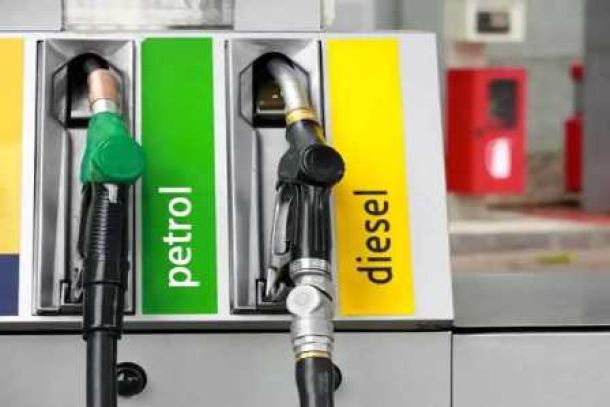Reserve Bank again cuts repo rate as SA's economic outlook worsens
The Reserve Bank's monetary policy committee has voted to reduce the repo rate for the fourth time this year, from 4.25% to 3.75%.
As a result of the cut, the prime lending rate will fall to from 7.75% to 7.25%.
The repo rate is the benchmark interest rate at which the Reserve Bank lends money to other banks.
Reserve Bank governor Lesetja Kganyago said at a briefing on Thursday afternoon that the central bank now expects SA's GDP to shrink by 7% this year. In April, the bank had predicted a 6.1% fall in GDP.
The decrease in the repo rate was widely predicted by analysts as the Reserve Bank seeks to bolster SA's fragile economy by lowering interest rates and upping its bond purchases.
Three members of the MPC were in favour of a 50 bps rate cut, while two were in favour of a 25 bps cut.
The rate cut would likely provide some relief to indebted consumers, Reserve Bank Deputy Governor Rashad Cassim explained. "Reducing interest rates by 50 bps now and 100bps (previously), we are contributing to helping consumers who have debt, with their cashflow," said Cassim.
Member of the monetary policy committee Chris Loewald shared views that although the direct impact of rate cuts and other actions of the bank, on growth are not clear, "conceptutally" these actions assist households and firms to weather the lockdown and its associated negative economic shocks. "It keeps the cash going, and hopefully keep people in jobs," he said.
Growth forecast
The Reserve Bank expects the easing of the lockdown to support growth in the near term, and sees spending pick up. But getting activity back to pre-Pandemic levels will take time, Kganyago said. GDP is projected to bounce back by 3.8% in 2021 and then ease to 2.9% in 2022. Kganyago added that these uncertain times make economic forecasting "tricky".
Loewald explained that the forecasts are rough estimates, subject to change and depend on the lifting of the lockdown restrictions on economic activity. A negative shock is expected for the second quarter, followed by positive growth rates in the latter two quarters of the year.
In a note issued after the rate announcement, FNB Chief Economist Mamello Matikinca-Ngwenya said the sharp contraction of the economy would mean income losses for households and businesses. The demand shock would also keep inflation low, possibly breaching the 3% target.
Additional reporting by Lameez Omarjee
News Category
- International retailers
- On the move
- Awards and achievements
- Legislation
- Wine and liquor
- Africa
- Going green
- Supplier news
- Research tools
- Retailer trading results
- Supply chain
- Innovation and technology
- Economic factors
- Crime and security
- Store Openings
- Marketing and Promotions
- Social Responsibility
- Brand Press Office
Related Articles

Shoprite increases executive pay as consumers t...

Unions slam SA retailers for ‘profiteering’ as ...

Major Petrol Price Changes on the Horizon

Retailers not cutting food prices fast enough -...


